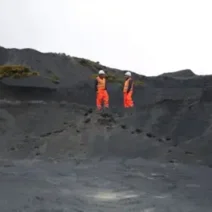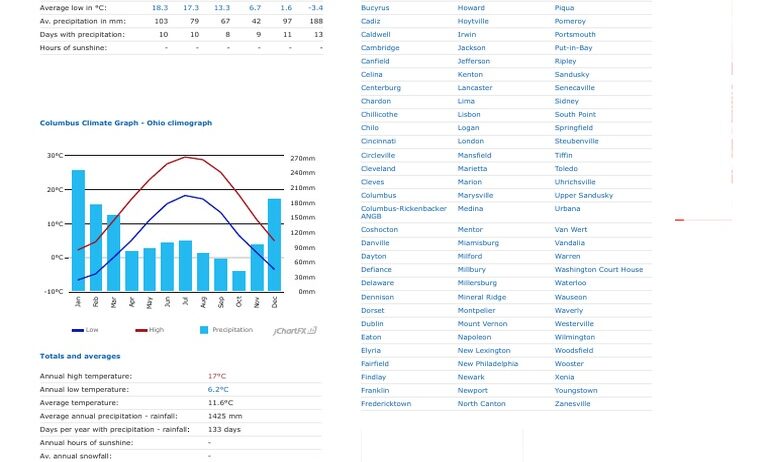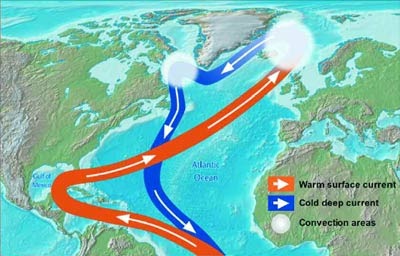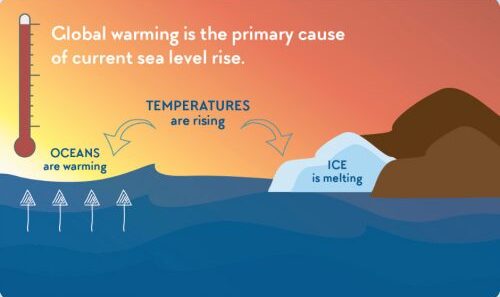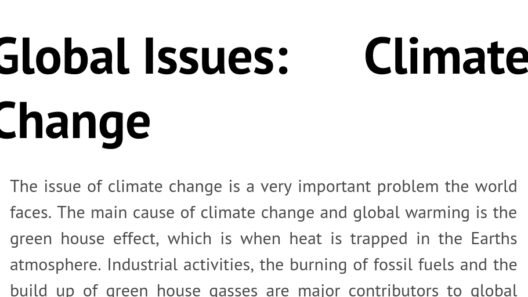Understanding Ohio’s climate requires an appreciation for its geographical diversity and seasonal variability. Nestled in the Midwestern region of the United States, Ohio experiences a distinctive blend of weather phenomena that shapes not only the landscape but also the lives of its inhabitants. This article explores the myriad facets of Ohio’s climate—characterized by an intriguing mix of rain, snow, and sunshine—offering insights into its patterns, impacts, and what they portend for the future.
First and foremost, Ohio’s climate falls under the category of a humid continental climate. This designation is characterized by four distinct seasons: summer, winter, spring, and fall. Each season harbors its own signature characteristics, influencing everything from agricultural practices to recreational activities. In the summer, the state is often bathed in warm sunlight, with temperatures soaring into the upper eighties and nineties Fahrenheit. Humidity levels can spike, particularly in July and August, making for a muggy, often oppressive atmosphere where precipitation becomes increasingly likely.
Spring, however, is a time of renewal. As the chill of winter recedes, the climate ushers forth a myriad of blooming flora, providing a vibrant counterpoint to the starkness of the preceding months. Temperatures begin to rise, often fluctuating significantly from cool mornings to warm afternoons. Rainfall is abundant during this season, playing a crucial role in recharging groundwater supplies and nourishing crops. Flora and fauna alike respond to this seasonal resurgence, creating a dynamic ecosystem that teems with life.
Winter in Ohio can take on a dramatically different visage. The state is often blanketed in snow, particularly in the northern regions closer to Lake Erie. The snowfall can be substantial, with some areas receiving significant accumulations that shape not only the landscape but also regional activities. While winter brings pristine views and opportunities for snow sports, it also requires adaptation from residents who may face rigorous conditions. The average temperature can plunge into the twenties and teens, compelling households and local governments to prepare for the challenges that accompany severe weather.
Ohio’s climate is profoundly influenced by its location adjacent to major bodies of water, notably the Great Lakes. These vast expanses of water act as moderating agents for the surrounding atmosphere. The phenomenon known as lake-effect snow occurs when cold air passes over the relatively warmer waters of Lake Erie, resulting in significant moisture being deposited downwind. Such effects can lead to localized, intense snowstorms that affect travel and daily activities but also contribute to the regional humidity and rainfall patterns throughout the rest of the year.
Precipitation in Ohio is largely distributed throughout the year, although summer months tend to experience the highest levels of rainfall. The state receives, on average, about 40 inches of precipitation annually, with certain regions—especially in the southeastern part of the state—receiving more due to their geological features. This rainfall is essential not only for sustaining agriculture but also for replenishing the state’s water systems, including rivers, lakes, and wetlands. Water resources are pivotal, as they support various ecosystems and provide drinking water for millions.
Climate change poses a significant threat to Ohio’s climatic equilibrium. As global temperatures rise, the already volatile weather patterns are exacerbated. Reports suggest an increase in the frequency and intensity of severe weather events, including heavy rainstorms and droughts. This phenomenon not only challenges traditional agricultural practices but also heightens the risk of flooding, especially in low-lying areas. Residents must adapt to an ever-changing landscape of weather uncertainties, necessitating a collective effort toward sustainability and resilience.
Moreover, Ohio’s agricultural sector, a vital component of its economy, is intricately tied to the state’s climate. Farmers heavily rely on predictive weather patterns for planting and harvesting crops. However, as temperatures rise and rainfall becomes more unpredictable, the prospects for various crops can hang in the balance. Strategies for climate-smart agriculture—such as drought-resistant crops and improved water management—are becoming increasingly critical. These measures not only aim to sustain the economy but also strive to align with broader climate goals.
Urban areas in Ohio also grapple with the impacts of a shifting climate. Cities such as Cleveland and Columbus are focusing on green infrastructure to manage stormwater and reduce the heat island effect, which can enhance urban livability while simultaneously addressing climate challenges. Green roofs, porous pavements, and urban tree canopies serve as innovative solutions to mitigate flooding, improve air quality, and enhance overall quality of life. Such urban resilience strategies are paramount for preparing communities for the challenges of the future.
The multifaceted climate of Ohio unfurls like a tapestry, woven from elements of rain, snow, and sun, each contributing to the rich ecological and cultural landscape of the state. The cyclical nature of this climate offers both challenges and opportunities. As the specter of climate change looms, the imperative for engaged stewardship becomes paramount. Understanding and adapting to Ohio’s unique climatic characteristics is not merely an academic exercise; it is a vital pursuit that can foster environmental sustainability, community resilience, and collective action in the face of an uncertain future. Insight into this intricate climate system can inspire curiosity and foster a deeper connection with the natural world—the future ultimately hinges upon this evolving relationship.
